PIM is the abbreviation for Product Information Management, and this article is going to briefly describe what PIM stands for and list the benefits of PIM for eCommerce as well as the steps to integrate Production Information Management System with Magento 2. As soon as PIM needs specific software to be used well, the article is going to discuss the best PIM software that is helpful to establish PIM working well.
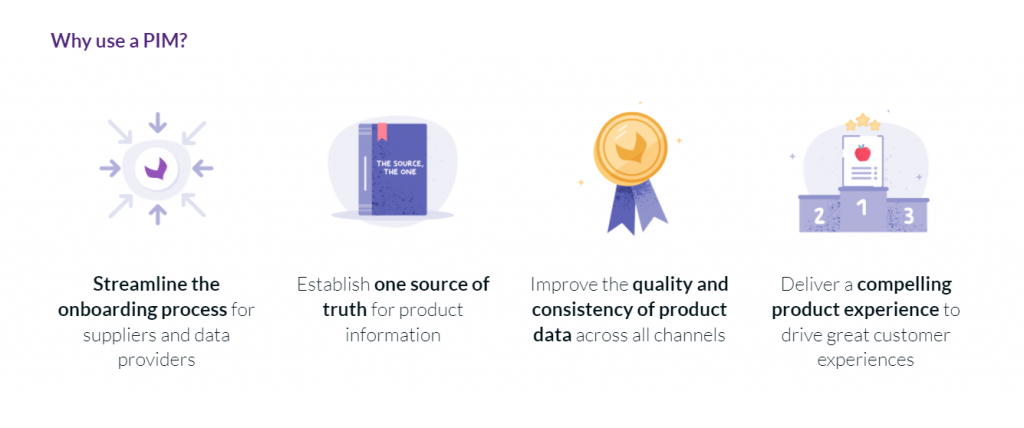
What is PIM?
When a retailer needs to have an eCommerce site, the company needs to decide on a contractor and develop the entire online store. Of course, at some point, a developer needs to have content for the eCommerce website. To make the process of content creation and information transmission easier, the company and the contractor need to have a connector between ERP and Magento. However, even having a connector does not help much in having the necessary content for the eCommerce website. The pictures and the product descriptions are often misplaced and the information is lost. As a result, the eCommerce store is going to have a bad brand image, bad SEO, lower conversion rate, and higher returns rate.
To avoid this, spreadsheets are connected to Magento and used to maintain timely information in the eCommerce website system. However, there are a lot of spreadsheets, as soon as each type of product needs to have its own spreadsheet. Managing tens of spreadsheets is a great workload, and takes too many hours of work and a considerable effort to keep the information updated, especially considering the constant information flow in the database of the eCommerce retailer.
Read also: Headless eCommerce: Pros and Cons
However, neither Magento nor spreadsheets are aimed at making work with information easier. To fulfill the aim of the eased work with product information, there is PIM, the product information management system that is aimed at making work with information easier for the eCommerce website.
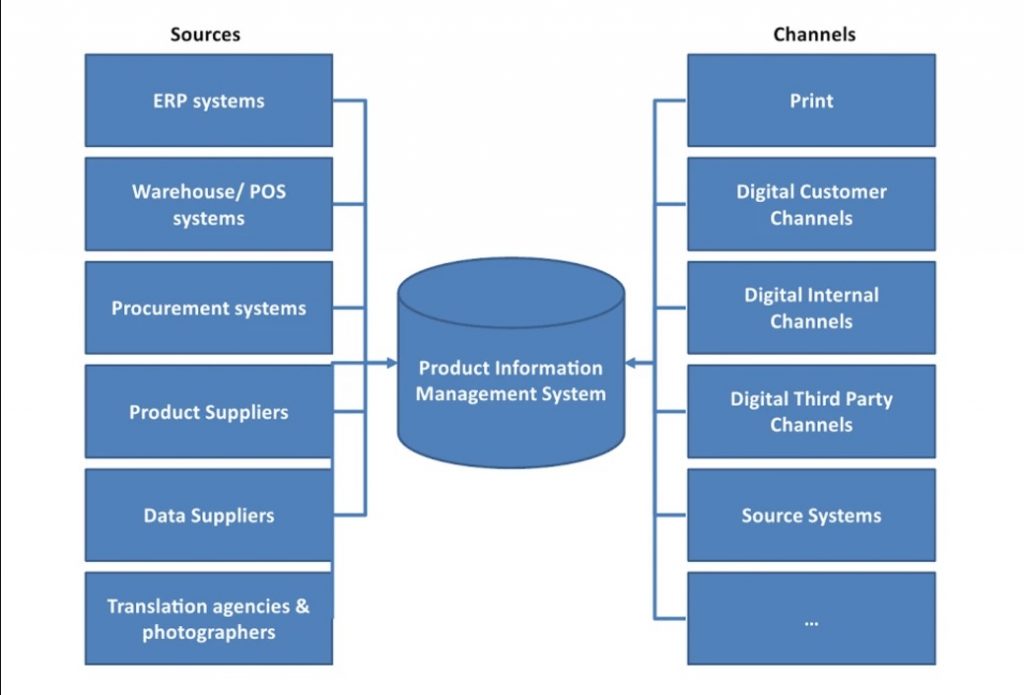
Benefits of PIM for eCommerce
PIM system helps online retailers because the staff needs to input much less working hours to make the inventory well described and maintain it working well. PIM is going to be very helpful for marketers, retailers, data teams, and managers, who need to track the impact of the product on sales and constantly update the inventory. PIM system does more for working with information as soon as it contains various types of data, including technical data, such as specifications and ingredients, usage data, including descriptions and how-tos, emotional data, including product stories, and even media files, such as images, videos, and more.
All of this makes PIM software a convenient tool that is used to manage information that is available in the ERP system and other integrated systems.
The main aims of the use of the PIM
The main aims of the use of the PIM include but are not limited to:
- to enrich product information and descriptions.
- to handle product data effectively.
- to connect to eCommerce smooth and to transfer the information quickly and efficiently
However, there is a need to note that your product data system should be prepared and able to import data from ERP (Enterprise Resource Planning) Systems, DAM (Digital Asset Management) Systems, Box folders, spreadsheets, and be ready to accept files via an FTP (File Transfer Protocol) protocol. Most importantly though, your eCommerce system should be ready to accept direct integrations with an open API (application programming interface).
Practically, PIM is the tool that allows to facilitate and improve catalog management processes. Marketers need to deal with many spreadsheets for man products with various information and many types of information. The use of the PIM helps to connect all the data sources in one software application, thus enabling marketers to work together using all the available databases, such as ERP, spreadsheets, and any third party database, including CSV and many more. The PIM system allows us to import data, classify them, enrich, translate, and control the quality and fullness of the data. Moreover, the data might be distributed to many channels, including catalogs, mobile apps, and eCommerce websites. Finally, PIM can be easily connected with any eCommerce system, including Magento.
Top 5 PIM software
PIM is a great tool to build an eCommerce website with Magento 2 with no headache. The reason is that the PIM provides all necessary data for Magento 2 so that the online retailer looks perfect with the keywords, product descriptions, and visuals. Today, there are more than 150 thousand websites running on Magento 2, many of them having more than $1 million in sales revenue, and many of them use PIM to manage the data.
The top 5 PIM Software includes:
1. Akeneo PIM
Price: Free
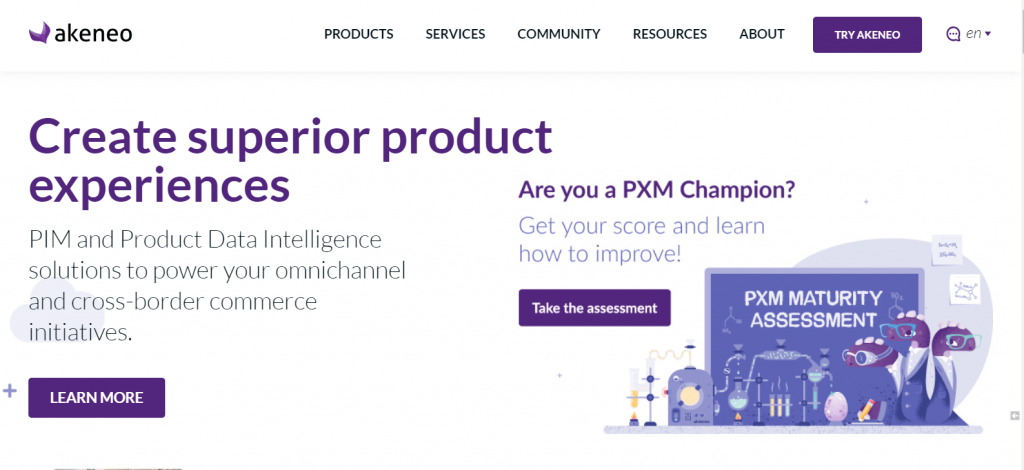
Can be integrated with: Magento 2, InBetween, WooCommerce, Google Shopping, eBay, Drupal, Shopware, Microsoft Dynamics, Adobe InDesign, AliExpress, Salesforce Commerce Cloud, WordPress, BigCommerce, OpenCart, PrestaShop, Shopify, Odoo, WooCommerce, Google Shopping.
Main advantages: open source, high flexibility, and support of multiple languages and currencies.
2. InRiver
Price: different for Cloud, SaaS, Web, so there is a need to contact a vendor directly
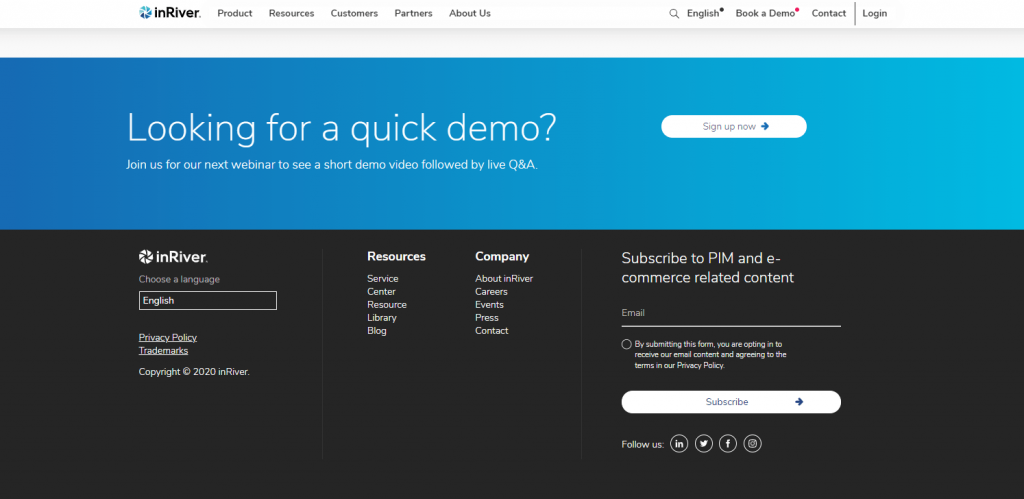
Can be integrated with: Amazon, Walmart, Google Shopping, Apptus, Magento 2, Shopify Plus, CloudCraze, DataFeedWatch, Intershop, Salesforce Commerce Cloud, Sana, ShopLogiQ.
Main advantages: easy management of product information to the POS systems, etc. effective customer feedback management, and a Planner App.
3. PIMCORE
Price: Free
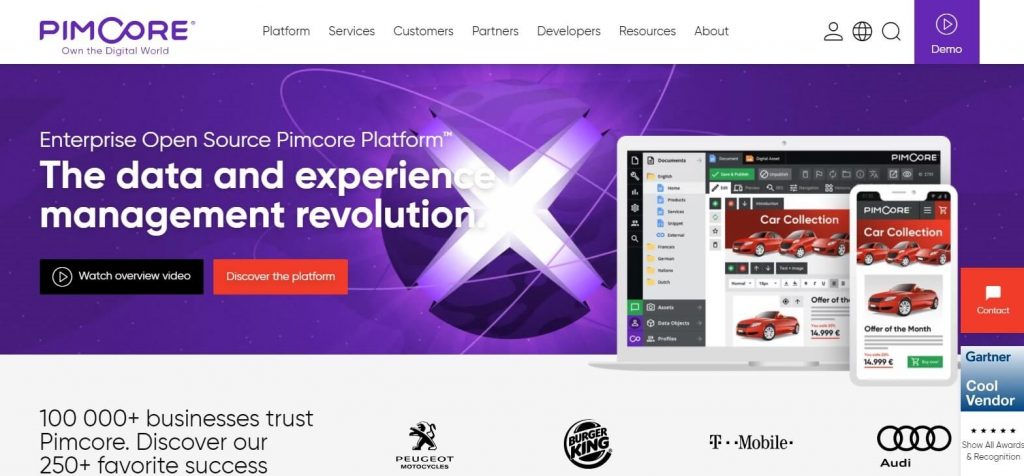
Can be integrated with: any app with the Pimcore API, Pixlr, Magento 2, Saferpay, Shopify, Shopware, Amazon, Google Shopping, eBay, Facebook
Main advantages: open source, many features designed for enterprise use, easy integration with third-party platforms
4. Salsify
Price: different for Cloud, SaaS, Web, so there is a need to contact a vendor directly
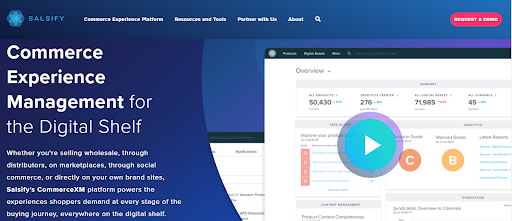
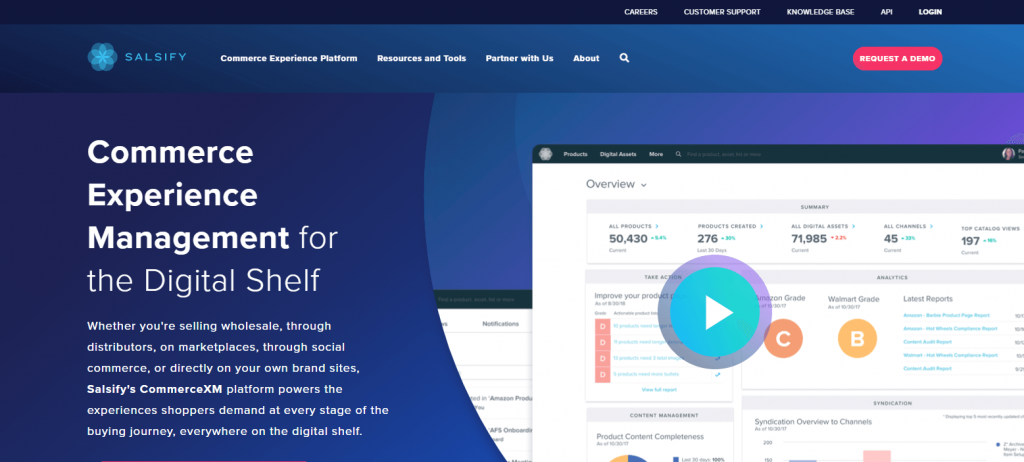
Can be integrated with: Amazon, Walmart, Magento 2, Home Depot, Jet, Google Merchant Center, Drupal, Shopify Plus, Box, Epicor, Dropbox, MS Dynamics, NetSuite, SAP, Oracle, SiteCore.
Main advantages: designed to handle many data and multiple data changes, has a real-time collaboration app, and a comprehensive tool for big teams.
5. Bluestone PIM
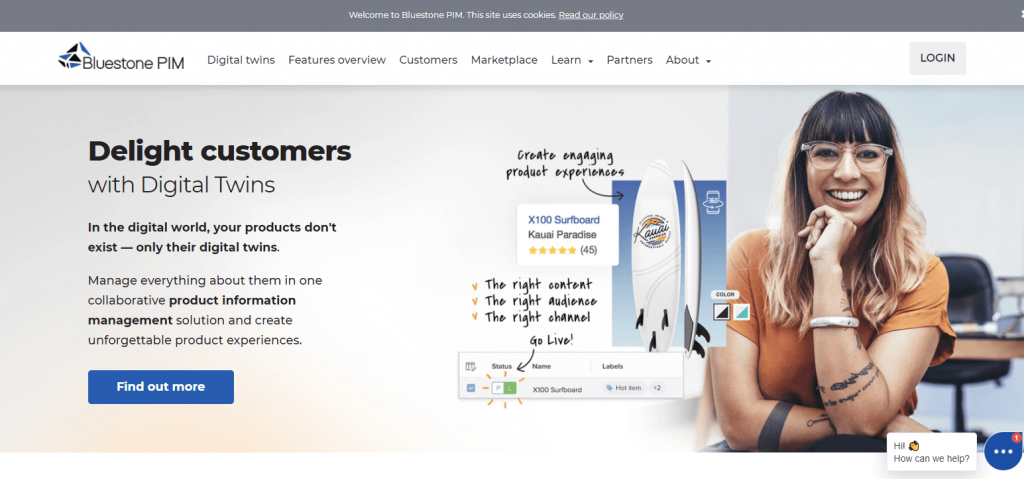
Price: $1,000.00 Per Month
Can be integrated with: Magento 2, Amazon, Adobe InDesign, Slack, Digital River, Lipscore, Quicklizard, Tradesolution EDP
Main advantages: special design for retailers with a feature of building your own structure for your categories and subcategories, a central repository of product data, including CSV.
How to Integrate PIM software with Magento 2
Tip 1. Optimize your storefronts to have them together in PIM
Tip 2. Improve your brand image with the use of PIM
Tip 3. Enhance localization potential with PIM as soon as it’s easier to localize your product descriptions with PIM
Tip 4. The content is going to be easier to manage if ERP is integrated with PIM
Practically, there is a default PIM <> Magento 2 connector with Magento 2, which makes the integration very easy. With PIM, it just gets your product information and manages the dataflow for your online store when functioning. The data are synced between two parties automatically.
Summary
So, PIM is a nice tool to make the most of the eCommerce outlet for a retailer. With PIM, it is easier to manage content and communications. Most often, online retailers do use PIM with Magento 2 because this simplifies the workflow in the online store, minimizing the effort of content managers, and enhancing the SEO and marketing plans for the store. Anyway, getting professional help is never too early or too late, so contact SoftLoft if you have any questions left.



